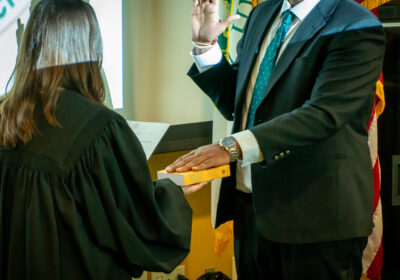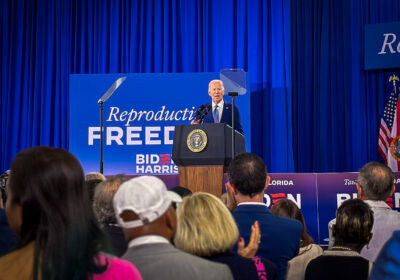New plan to save high-speed rail is on the right track
Florida Gov. Rick Scott decided the state’s plan to construct a high-speed rail system would cost the state’s taxpayers too much money and pulled the plug on the entire project Wednesday.
Scott refused federal funds for the project, which would have covered 90 percent – $2.4 billion – of the $2.7 billion cost, even though private investors had lined up to pay the rest.
It’s true that expected ticket prices could make a trip across the state by high-speed train more expensive than the cost of driving, so it’s unclear how financially self-sufficient the trains really could be.
However, a pragmatic plan by U.S. Rep. John Mica, R-Winter Park, is aimed at creating a scaled-down version of the initiative that could appease both supporters and opponents of the statewide rail plan Scott rejected.
The plan involves creating a 21-mile route from Orlando International Airport to the Orlando Convention Center and Walt Disney World, connecting the most popular destinations in a city that’s the biggest tourist destination in the state.
Instead of the high-speed rail being a state entity, it would belong to Orange and Osceola counties and the city of Orlando, which could still receive federal funding for the project.
The routes in Mica’s plan are expected to be much more popular than a route from Tampa to Orlando, and able to draw enough funding to pay for the rail’s operation.
If successful, it could open the way for additional routes without putting the state on the line if the rail’s operating expenses exceed its profits.
This idea would make the future of high-speed rail dependent on its initial success, and not blind faith that a statewide rail system would be financially viable.
The deadline for securing federal funds is Friday, so Mica’s plan has a limited time to gain support before the federal money goes to another state with a more receptive and progressive atmosphere toward vastly improving public transportation.
As illustrated by large, heavily populated cities and regions across the globe, when space becomes more limited, the ability to endlessly widen roads becomes increasingly difficult, if not impossible.
This reality will eventually be understood in Florida, as time-consuming traffic congestion and rising driving costs make travel by roads a less appealing option than travel by high-speed transit.
Mica’s plan is in the best interests of taxpayers and future Floridians, who wouldn’t resent their predecessors for failing to prepare the state for inevitable change.






